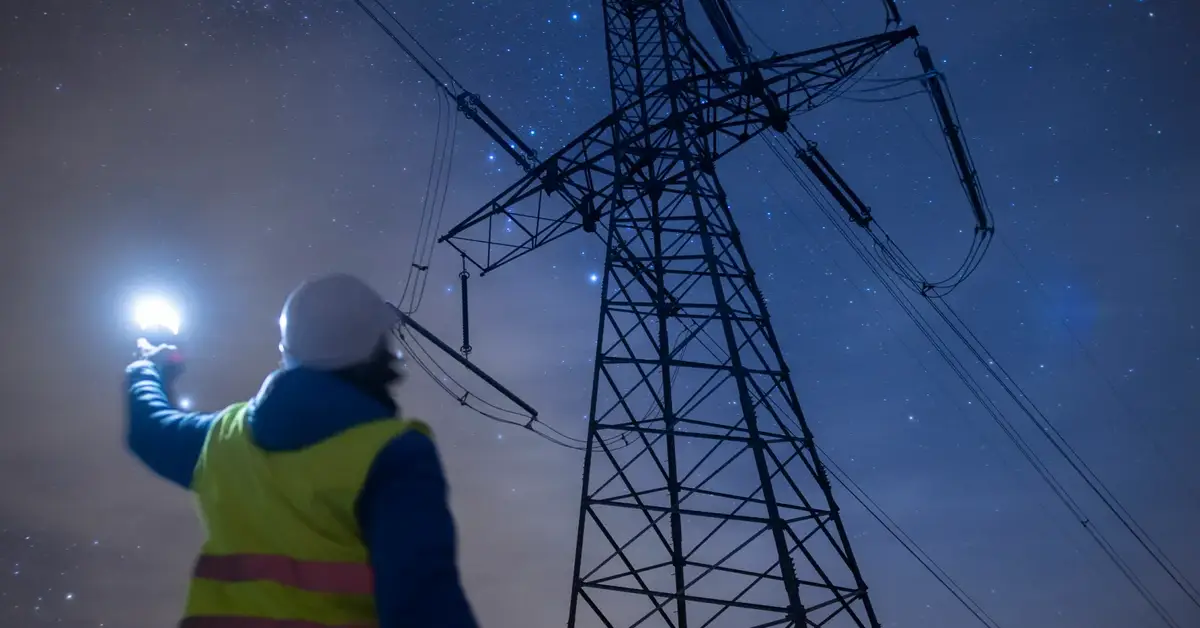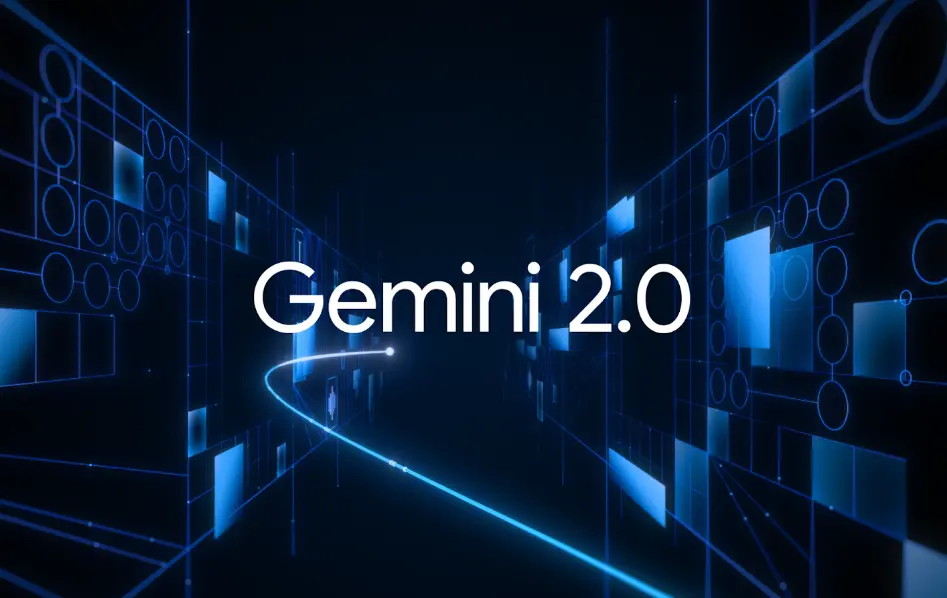AI and Power Grid: A Solution
The partnership between Google and PJM aims to streamline the approval process for connecting new energy capacities, addressing the rising energy demand due to AI.

In recent years, the rising energy demand, largely driven by the expansion of artificial intelligence (AI), has raised concerns about a potential power shortage on the electric grid. However, a lesser-known aspect is that there are terawatts of new capacity waiting for approval to connect to the grid. Streamlining the bureaucracy could prove crucial in addressing this issue. In the U.S., all grid operators face similar backlogs, but few are as significant as those of PJM, which manages the flow of electricity in the mid-Atlantic states, Ohio, and eastern Kentucky.
In this context, Google and PJM announced a partnership, along with Tapestry, an Alphabet initiative, to develop AI models that can streamline key parts of the application process on both sides of the transaction. This innovative approach involves assistance with data verification and submitting projects through new centralized planning tools. These tools will not only facilitate the approval process but also help PJM analyze how to best integrate variable power sources, such as renewables. The need for generating capacity has become urgent, as tech companies like Amazon, Google, Meta, and Microsoft are racing to secure significant energy resources, investing in nuclear energy and purchasing large amounts of solar power.
The interconnection problem is complex, but solving it could alleviate concerns about underpowered data centers. According to the Lawrence Berkeley Lab, there are currently 2.6 terawatts of generating capacity waiting for approval, double what every U.S. power plant is capable of generating today. PJM's queue is by far the longest, with over 3,000 active requests to connect 286.7 gigawatts of capacity in the region. Overwhelmed, PJM stopped accepting new connection applications in 2022 and will not review new requests until mid-2026. Renewables have been the most penalized by this slow and bureaucratic process, with over 1 terawatt each of solar and storage waiting for permission.
Even though the PJM region is not traditionally considered a hotbed for renewable development, most of the queue requests pertain to these clean sources. Only 2.4% of applicants are natural gas power plants. Historically, the PJM-managed grid has been dominated by fossil fuels. Over the past decade, natural gas-fired power plants have displaced coal, driven by the decrease in gas costs due to fracking. However, the grid operator recently developed a new approval process that critics argue allows fossil fuel plants to unfairly skip the line ahead of renewable projects. In unveiling the partnership with Google, PJM Executive Vice President Aftab Khan stated that the grid will remain "fuel agnostic," while Google spokesperson Amanda Peterson Corio emphasized the company's commitment to decarbonizing its electricity footprint.




